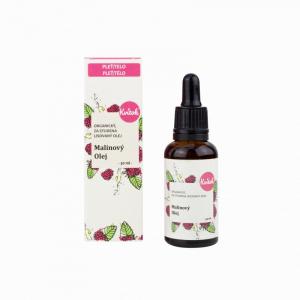Siberian cress (Xanthium sibiricum)
Other names: Can er zi, Xanthii sibrici fructus
Harm score: 1 (Natural substances)
Siberian watercress, scientifically known as Xanthium sibiricum, or in traditional Chinese medicine as Can er zi, is a perennial plant that belongs to the star family. It is native to Eurasia, but today it can be found virtually all over the world - from North America to Australia. It is best known for its two-lobed fruit, hence its synonym 'Xanthii sibrici fructus'. It is also known as the Siberian thistle.
Its fruits are used in traditional Chinese medicine, where it is seen as a powerful medicinal herb. It must first be washed and dried before use. It is also used in the preparation of teas, tinctures, extracts and other herbal dietary supplements. Evidence of its use is also found in Tibetan and Korean medicine, where it is used in the treatment of various skin diseases, rhinitis, sinusitis and other inflammations of the upper respiratory tract. Due to its medicinal properties, it is also used in cosmetic production, e.g. in facial oils. However, when using it, care should be taken with possible side effects such as allergies, nausea or vomiting.
You won't find this substance in our products. Try the natural, chemical-free products in our range.

Massage Oil Muscle Relaxation (50 ml) - relieves muscle pain
Product detail
Raspberry facial oil unrefined BIO (30 ml) - with light raspberry scent
Product detail